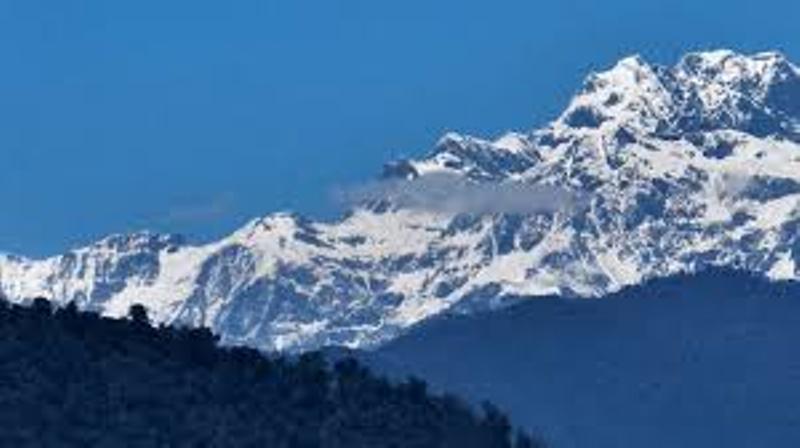Itanagar: A section of the eastern Himalayas in Arunachal Pradesh lost 110 glaciers in 32 years, a new study revealed.
The study by a quartet of researchers also found that these glaciers covering an area of 309.85 sq. km disappeared at a retreat rate of 16.94 sq. km during the study period from 1988 to 2020.
This glacial retreat, a key indicator of climate change, exposes bedrock and creates glacial lakes, increasing the risk of dangerous glacial lake outburst floods (GLOFs).
Despite their environmental importance, these glaciers in the Eastern Himalayas have long remained under-researched due to challenging terrain and limited technological access.
Their rapid shrinkage over decades offers evidence of accelerating climate change impacts.
The research, conducted by scientists from Nagaland University and Cotton University, was published in the Journal of Earth System Science.
Using remote sensing and GIS, the team mapped glacier changes in several Arunachal Pradesh districts, spanning from Tawang to Lohit.
The study also utilized the Randolph Glacier Inventory as a reference.
According to the study, the number of glaciers decreased from 756 to 646.
The researchers studied glaciers primarily located between 4,500 and 4,800 meters above sea level, facing north and situated on slopes between 15° and 35°.
The study revealed an alarming rate of Himalayan glacial retreat, exceeding the global average, with smaller glaciers (under 5 sq. km) shrinking fastest.
ALSO READ: Arunachal Pradesh Governor launches Tourism Dept’s ‘Rise & Shine 2025’ calendar
The eastern Himalayas are warming at a rate exceeding the global average, with temperatures increasing by 0.1° to 0.8°C per decade, according to new research.
While the global average temperature has risen by 1.6°C in the last century, the study highlights that the northwestern Himalayas have experienced a greater increase.















